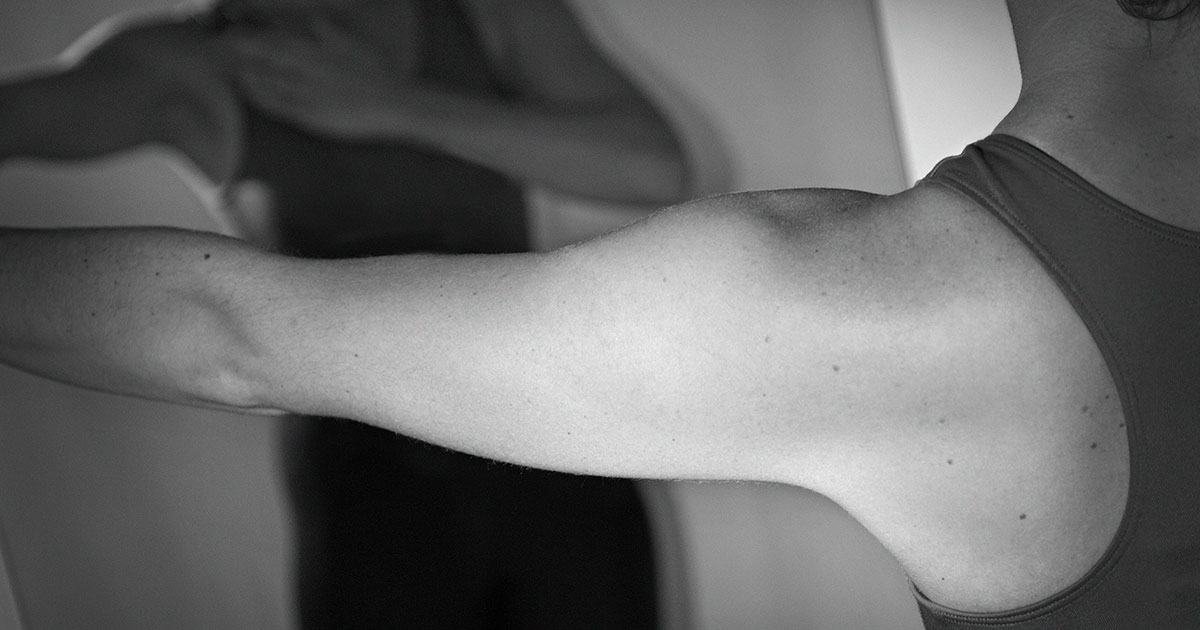Movement Quality & Movement Coordination Strategies
The last blog, Physical Activity, Exercise, Movement and Health, explored the importance of movement to allow individuals to engage with life. With a clear goal of enabling people to become active and remain active, health, wellness and fitness professionals are recognising the importance of addressing movement quality.

Movement quality has been defined as the qualitative identification and rating of functional compensations, symmetries, impairments and/or efficiency of movement control in tasks, (e.g., walking) [1]. Changes in movement quality, and more specifically how people coordinate movement, have been identified in people with pain, history of pain and fatigue [2-4], and linked to risk of injury [5-9]. Motor coordination problems may affect psychosocial health and emotions [10].
Movement coordination strategies (MCS) can be described as the observable changes in the configuration of joints of the body (dynamic alignment) in individuals during the performance of a movement.
Movement: Using the body to engage with life
Coordination: Ability of different parts of body to work together smoothly and effectively
Strategies: Utilising coordination patterns to achieve movement patterns/outcomes
The Movement Works champions movement for health and movement quality and explores how the way people move and coordinate movement influences how they use their body to engage with life.
Movement provides individuals with possibilities, be it independence, interacting with family, gardening and social activities, work, interests, exercise or amateur and elite sport. Increasing and maintaining physical activity is a key factor for a healthy life.
At The Movement Works we empower people to influence their MCS to improve movement quality and subsequent health and quality of life.
[1] Whittaker, J. L., Booysen, N., de la Motte, S., Dennett, L., Lewis, C. L., Wilson, D., McKay, C., Warner, M., Padua, D., Emery, C. A. & Stokes, M. 2017. Predicting sport and occupational lower extremity injury risk through movement quality screening: a systematic review. Br J Sports Med, 51, 580-585, 10.1136/bjsports-2016-096760.
[2] Worsley, P., Warner, M., Mottram, S., Gadola, S., Veeger, H. E., Hermens, H., Morrissey, D., Little, P., Cooper, C., Carr, A. & Stokes, M. 2013. Motor control retraining exercises for shoulder impingement: effects on function, muscle activation, and biomechanics in young adults. J Shoulder Elbow Surg, 22, e11-9, 10.1016/j.jse.2012.06.010.
[3] Huygaerts, S., Cos, F., Cohen, D. D., Calleja-Gonzalez, J., Guitart, M., Blazevich, A. J. & Alcaraz, P. E. 2020. Mechanisms of Hamstring Strain Injury: Interactions between Fatigue, Muscle Activation and Function. Sports (Basel), 8, 10.3390/sports8050065.
[4] Luomajoki, H., Kool, J., de Bruin, E. D. & Airaksinen, O. 2008. Movement control tests of the low back; evaluation of the difference between patients with low back pain and healthy controls. BMC Musculoskelet Disord, 9, 170, 10.1186/1471-2474-9-170.
[5] Roussel, N. A., Nijs, J., Mottram, S., Van, M. A., Truijen, S. & Stassijns, G. 2009. Altered lumbopelvic movement control but not generalized joint hypermobility is associated with increased injury in dancers. A prospective study. Man.Ther., 14, 630-5, 10.1016/j.math.2008.12.004
[6] Dingenen, B., Malfait, B., Nijs, S., Peers, K. H., Vereecken, S., Verschueren, S. M. & Staes, F. F. 2015. Can two-dimensional video analysis during single-leg drop vertical jumps help identify non-contact knee injury risk? A one-year prospective study. Clin Biomech (Bristol, Avon), 30, 781-7, 10.1016/j.clinbiomech.2015.06.013.
[7] Schuermans, J., Van Tiggelen, D., Palmans, T., Danneels, L. & Witvrouw, E. 2017a. Deviating running kinematics and hamstring injury susceptibility in male soccer players: Cause or consequence? Gait Posture, 57, 270-277, 10.1016/j.gaitpost.2017.06.268.
[8] Rossi, M. K., Pasanen, K., Heinonen, A., Ayramo, S., Raisanen, A. M., Leppanen, M., Myklebust, G., Vasankari, T., Kannus, P. & Parkkari, J. 2020. Performance in dynamic movement tasks and occurrence of low back pain in youth floorball and basketball players. BMC Musculoskelet Disord, 21, 350, 10.1186/s12891-020-03376-1.
[9] Attwood, M. J., Roberts, S. P., Trewartha, G., England, M. E. & Stokes, K. A. 2018. Efficacy of a movement control injury prevention programme in adult men's community rugby union: a cluster randomised controlled trial. Br J Sports Med, 52, 368-374, 10.1136/bjsports-2017-098005.
[10] Li YC, Kwan MYW, Cairney J. 2019. Motor coordination problems and psychological distress in young adults: A test of the Environmental Stress Hypothesis. Res Dev Disabil. 84:112-121. doi: 10.1016/j.ridd.2018.04.023.
